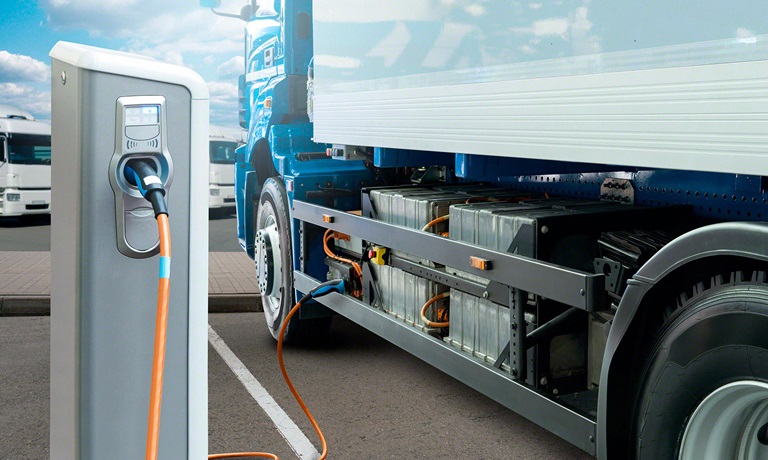Introduction:
Trucks are indispensable in the modern world, serving as the backbone of transportation and logistics. Beyond their robust engines and durable chassis, modern trucks rely heavily on electrical systems to enhance efficiency, safety, and comfort. Electrical accessories play a crucial role in optimizing the functionality of trucks, ranging from basic lighting to advanced monitoring and communication systems. In this comprehensive guide, we delve into the diverse array of truck electrical accessories, exploring their functions, benefits, and considerations for installation.
Lighting Accessories:
1.1. LED Lighting:
– LED technology offers superior brightness, longevity, and energy efficiency compared to traditional halogen bulbs.
– LED light bars, headlights, and taillights enhance visibility, crucial for safe driving during nighttime and adverse weather conditions.
1.2. Auxiliary Work Lights:
– Mounted on the truck’s exterior, auxiliary work lights illuminate the surrounding area, facilitating loading/unloading operations and enhancing worksite safety.
1.3. Interior Lighting:
– Interior LED lighting improves visibility within the truck cabin, enhancing driver comfort and reducing eye strain during long journeys.
Safety and Security Accessories:
2.1. Backup Cameras:
– Backup cameras provide drivers with a clear view of the vehicle’s rear, minimizing blind spots and reducing the risk of accidents, especially during reversing maneuvers.
2.2. Blind Spot Detection Systems:
– Utilizing sensors and warning indicators, blind spot detection systems alert drivers to vehicles or obstacles in their blind spots, mitigating the risk of collisions during lane changes.
2.3. Alarm Systems:
– Alarm systems deter theft and vandalism by triggering audible alerts and immobilizing the vehicle in the event of unauthorized access or tampering.
Connectivity and Communication Accessories:
3.1. GPS Navigation Systems:
– Integrated GPS navigation systems provide truck drivers with real-time traffic updates, route optimization, and points of interest, streamlining navigation and improving efficiency.
3.2. Two-Way Radios:
– Two-way radios facilitate seamless communication between drivers, dispatchers, and fleet managers, enabling efficient coordination, quick response to emergencies, and enhanced productivity.
3.3. Telematics Systems:
– Telematics systems utilize GPS technology and onboard diagnostics to track vehicle location, monitor performance metrics, and analyze driver behavior, optimizing fleet management and maintenance.
Convenience and Comfort Accessories:
4.1. Cabin Heaters and Coolers:
– Cabin heaters and coolers regulate interior temperature, ensuring driver comfort and productivity regardless of external weather conditions.
4.2. Power Inverters:
– Power inverters convert DC power from the truck’s battery into AC power, enabling drivers to charge electronic devices, power tools, and appliances while on the road.
4.3. Entertainment Systems:
– In-cabin entertainment systems, such as audio players and multimedia screens, enhance driver satisfaction and alleviate boredom during long hauls.
Considerations for Installation:
5.1. Compatibility:
– Ensure that electrical accessories are compatible with the truck’s make, model, and existing electrical system to avoid compatibility issues and potential damage.
5.2. Wiring and Installation:
– Proper wiring and installation are essential to prevent electrical failures, shorts, and fire hazards. It’s advisable to enlist the services of certified technicians for safe and reliable installation.
5.3. Regulatory Compliance:
– Comply with relevant regulations and standards governing the installation and use of electrical accessories in commercial vehicles to ensure legal compliance and safety.
Conclusion:
Truck electrical accessories play a pivotal role in enhancing the functionality, efficiency, and safety of commercial vehicles. From lighting and safety features to connectivity and comfort amenities, the diverse array of electrical accessories offers numerous benefits for truck drivers, fleet operators, and logistics companies alike. However, careful consideration must be given to compatibility, installation, and regulatory compliance to maximize the benefits while ensuring safe and reliable operation on the road. By leveraging the latest advancements in electrical technology, trucks can continue to evolve as integral components of the modern transportation ecosystem.

